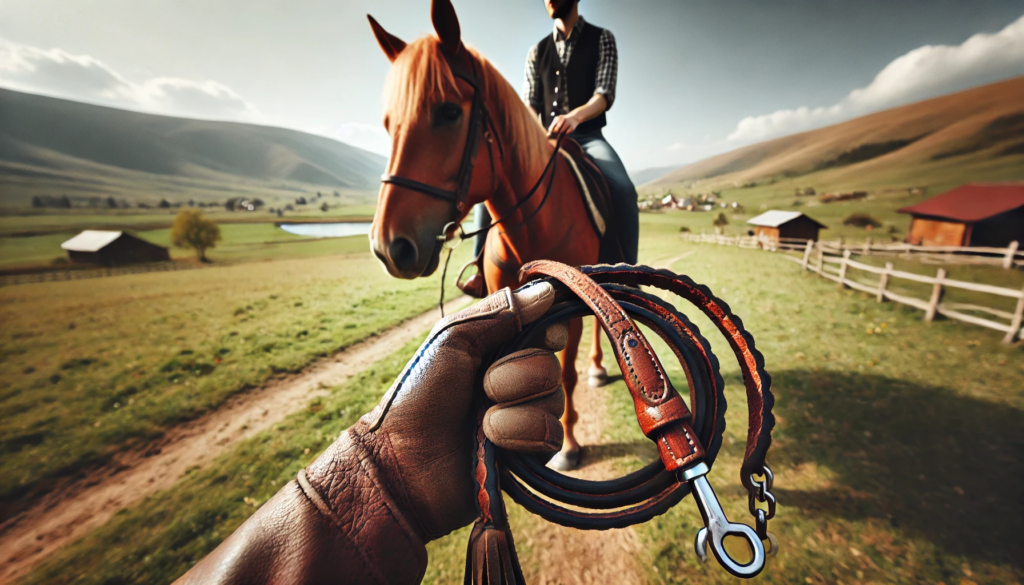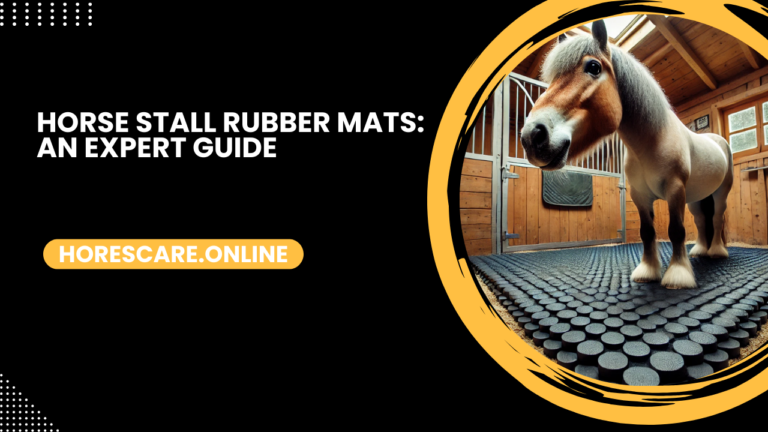Horse Reins: You Equine Guide
When it comes to horseback riding, horse reins are an essential tool that connects the rider to the horse. Reins not only offer control and communication but also ensure the safety of both the rider and the horse.
I’ll share everything you need to know about horse reins, including their types, materials, and how to choose the right ones for your riding needs. Whether you’re a beginner or an experienced rider, this guide will help you make informed decisions.
What Are Horse Reins?
Horse reins are straps or ropes attached to a bridle, enabling the rider to guide and control the horse. These reins serve as a primary means of communication between the rider and the horse, conveying subtle signals for direction, speed, and movement.
You need to know:
Horse Bridles
Types of Horse Reins
Choosing the right reins depends on your riding style and preferences. Here are the common types of horse reins:
1. Split Reins
Split reins are long, separate reins commonly used in Western riding. They provide flexibility and are ideal for riders who prefer one-handed control.
2. Closed Reins
Closed reins, also known as loop reins, are joined at the ends, forming a continuous loop. These are popular in English riding disciplines like dressage and show jumping.
3. Romal Reins
Romal reins combine reins with a romal, a weighted end that adds balance and style. They are often used in Western performance events.
4. Draw Reins
Draw reins are used for training purposes, helping to position the horse’s head and neck properly. However, these should be used cautiously by experienced riders.
5. Rein Accessories
Consider additional accessories like rein stops or clips to enhance usability and safety.
More over:
Horse Panels
Materials Used in Horse Reins
The material of the reins affects comfort, durability, and performance. Here are the most common materials:
- Leather:
Durable and classic, leather reins are popular for their aesthetic and grip. Regular maintenance is required to prevent wear. - Nylon:
Lightweight and budget-friendly, nylon reins are suitable for casual riders but may lack grip in wet conditions. - Rubber:
Ideal for better grip in rainy or muddy conditions, rubber reins are often used in competitive settings. - Biothane:
A synthetic alternative to leather, biothane reins are easy to clean, water-resistant, and long-lasting. - Cotton Rope:
Often used in trail riding or training, cotton rope reins are soft and easy on the hands.

How to Choose the Right Horse Reins
Selecting the right reins depends on several factors:
1. Riding Discipline
Your riding style, whether it’s Western or English, influences the type of reins you should use.
2. Horse’s Behavior
If your horse is strong or difficult to control, opt for reins that offer a better grip, like rubber or braided leather.
3. Comfort and Grip
Ensure the reins fit comfortably in your hands and provide enough grip to avoid slipping.
4. Durability
Invest in high-quality materials like leather or biothane for longevity and safety.
Proper Care and Maintenance of Horse Reins
Taking care of your reins ensures their longevity and performance:
- Leather Reins: Clean and condition regularly with leather cleaner and conditioner.
- Nylon or Rubber Reins: Wash with mild soap and water; avoid harsh chemicals.
- Storage: Keep reins in a dry, cool place to prevent mold or damage.
Tips for Using Horse Reins Effectively
- Maintain Proper Posture: Keep your hands steady and level with your horse’s neck.
- Use Subtle Movements: Avoid jerking the reins; use gentle pressure for communication.
- Practice Regularly: Consistent practice helps improve your rein-handling skills.
Final Thoughts
Horse reins are more than just a tool—they’re your connection to your horse. By understanding their types, materials, and proper care, you’ll ensure a safe and enjoyable riding experience. If you have any questions, feel free to reach out or check out the recommended resources above!
Read also:
Horse Shampoo



